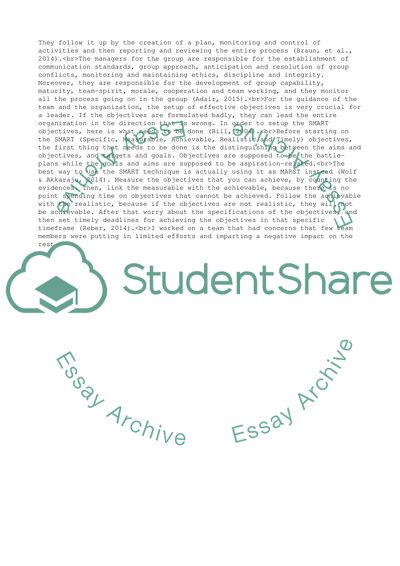Cite this document
(“Understand the attributes and skills of a leader Essay”, n.d.)
Retrieved from https://studentshare.org/management/1683743-understand-the-attributes-and-skills-of-a-leader
Retrieved from https://studentshare.org/management/1683743-understand-the-attributes-and-skills-of-a-leader
(Understand the Attributes and Skills of a Leader Essay)
https://studentshare.org/management/1683743-understand-the-attributes-and-skills-of-a-leader.
https://studentshare.org/management/1683743-understand-the-attributes-and-skills-of-a-leader.
“Understand the Attributes and Skills of a Leader Essay”, n.d. https://studentshare.org/management/1683743-understand-the-attributes-and-skills-of-a-leader.


